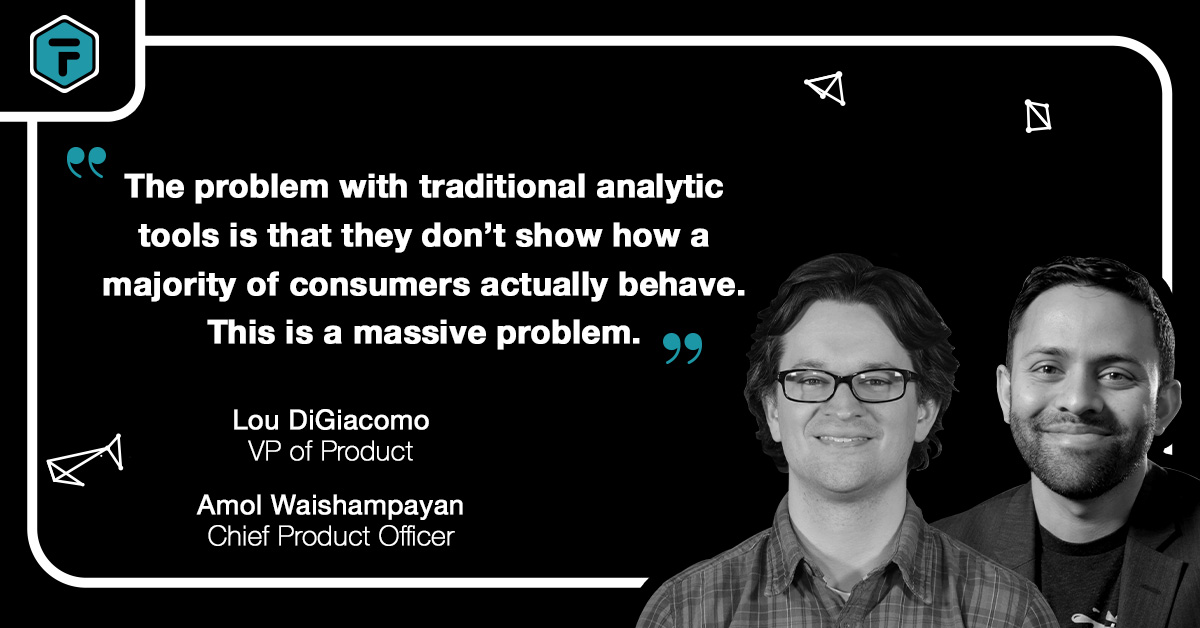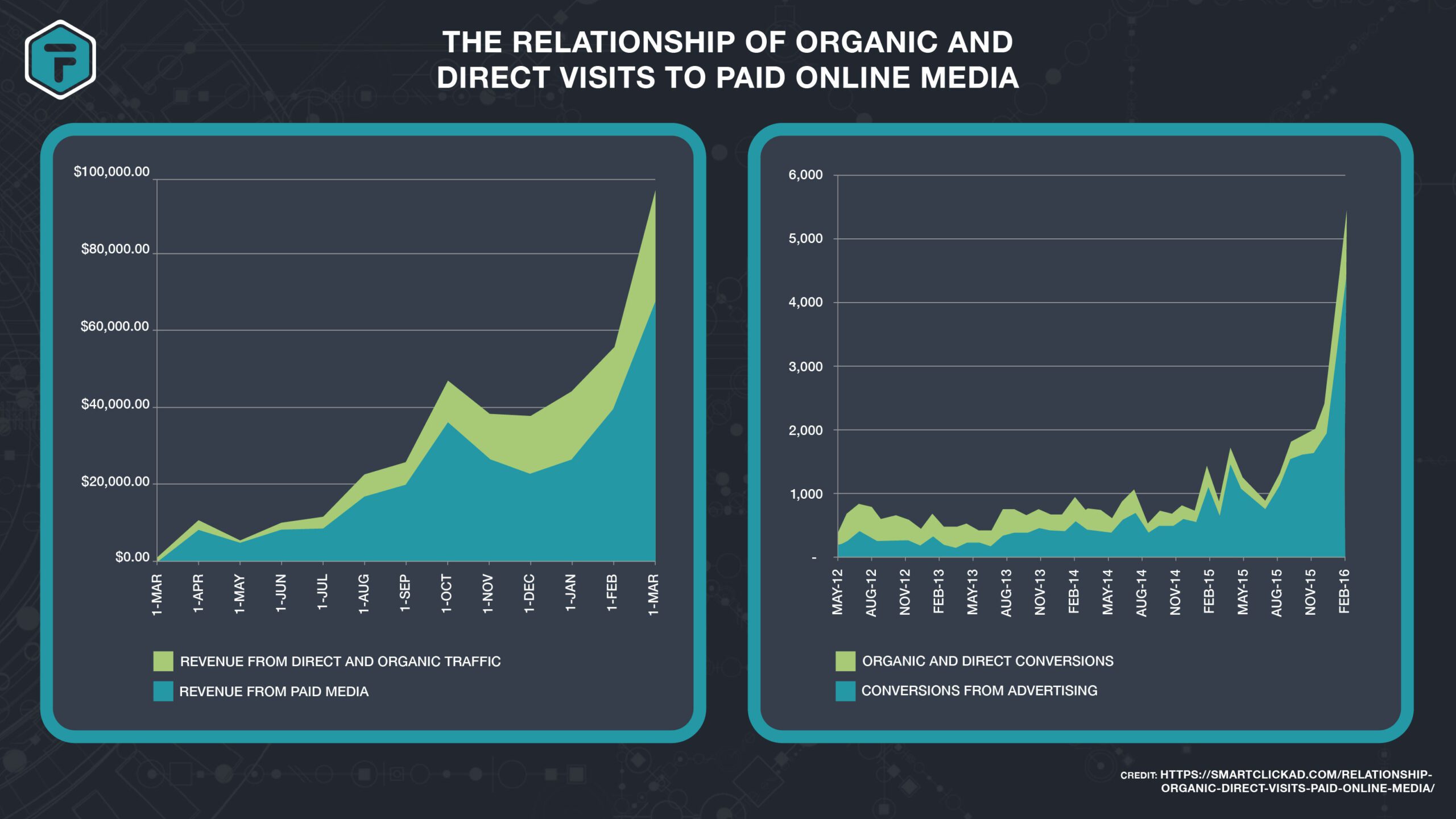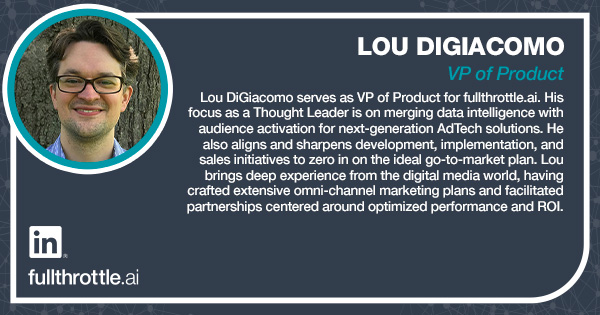
The True Consumer Mindset
by CPO Amol Waishampayan and VP of Product Lou DiGiacomo
Often, marketing is evaluated on how many clicks came and the quality of those clicks.
Let’s focus the attention on you, the reader, for a second. Pause for a moment and think about the last time you were browsing content online and dropped everything you were doing to click on an ad to shop. When was the last time you did this?
You likely can’t remember dropping everything to click on retargeting display ads. Most consumers don’t shop this way. So, why do we measure everything in clicks when it comes to advertising and marketing?
How Consumers Actually Shop
Let’s say, as an example, you’re in the market for a new sofa. In your spare time, you’ve been researching and comparing furniture stores and the quality of their sofas. As you’re working, you might receive running retargeting display ads from a furniture company.
If you’re working, reading the news, or generally in the middle of something, it’s not very likely you’re going to drop whatever it is and click on the ad.
The ad would need to be so compelling that you would drop your work or newsletter to look at sofas again, such as a coupon or a time-sensitive discount.
Dropping everything is not what most people do. Normally, people will return to their “shopping mode” when they have time later. When they do finally return, they’re not returning to the digital display ad they saw earlier.
They’re going straight to their preferred browser. Usually, they’re typing the brand’s name straight into the URL. If you’re using Chrome, the URL search bar will automatically fill out the brand’s website address for you.
The Issue With Traditional Analytic Tools
The problem with traditional analytic tools is that they don’t show how a majority of consumers actually behave. This is a massive problem.
Due to the inaccurate portrayal of the buyer journey, what inevitably happens is marketers are only getting a view of people whose attention is more varied in terms of what they’re willing to click on. Even this is flawed. These shoppers might click on retargeting display ads and then return to what they were working on, thinking they’ll return to the tab later.
What does this often mean for traditional analytics tools? This translates into a high bounce rate, since that person won’t go to another page within 30 minutes. This also means low time on site, since shoppers are not likely to drop everything they’re doing to spend 4 or 5 or 10 minutes shopping.
They’re more likely to click it once and then eventually come back to that tab.
Now, if you click on an ad and it takes you to some page that you intend to return to at a later time, depending on how long you’re away from the site, analytic programs will see that interaction as a different session.
What should be considered a positive interaction as the brand enticing the consumer to their site is measured negatively in analytic tools due to low time on site, high bounce rate, and “new” sessions marked as direct.
These mislabeled consumer-to-brand interactions mean a brand’s display ads are not getting full credit.
When Retargeting Goes Up, So Does Organic and Direct
Data has shown marketers that when retargeting goes up in campaigns, organic and direct numbers also go up. You may have some traffic that’s driven by display, video, or retargeting campaigns. However, when you put them side by side, there’s a clear correlation between organic paid search and direct, as both are lifted.
So, the question now becomes, how much of this lift can be attributed to direct, organic, or even paid search and how many of those impressions are driven by brand awareness and brand recall?
This is why it is crucial to break down the real online journey and not draw incorrect conclusions based on the way we’re used to measuring advertising and marketing with traditional analytics tools.

Eye-Catching Ads Versus Guided Ad Tactics
Eye-catching ads are a form of remarketing, when you’re causing someone to pause in the middle of what they’re doing online.
Paid search is a type of guided advertising tactic. Paid search and organic are always going to have the best conversion rates and incredible shopping behaviors, simply since the person is looking for your business. They are in shopping mode.
All other types of ads––eye-catching, as we refer to them––pull people out of the flow of what they’re doing.
Some of these eye-catching ads can include pop-ups. Once you hit the website, ads will literally pop up and temporarily derail your experience. The difference between these and modern display ads is that display ads are not meant to do that. They’re meant to format nicely to the website they live on. They fit into the consumer journey.
This continues to highlight intention in the true buyer’s journey on versus interruption or enhancement.
Mentality Shift: Content Is King
There is a growing mentality shift. Many large publishers are putting an emphasis on their editorials. If content is king and editorial is excellent, no one wants to abandon their content to then suddenly shop, since they’re in the content consumption mindset.
So, why is it that a lot of publication websites with a high click rate are under scrutiny? The mindset is changing on the technical side, since people are realizing the clicks are either bot traffic or fat fingering. Mobile clicks are much higher, since they are all accidents. In fact, Google estimates that up to 50% of mobile clicks are accidental.
Clicks, in a way, are the enemy of Google Analytics. They’re giving false credit––it’s not even underrepresenting rate, they’re a complete red herring. Measuring clicks with traditional analytics is like fitting a square peg into a round hole.
Let’s contrast the content consumption mindset with social shopping, which has grown immensely. Social shopping is when people are scrolling through their social feed, receive a social ad, and then transact within Facebook or Instagram.
Why is social shopping growing? It’s growing since it’s nowhere near as valuable as content––you’re not immersed in the content. In fact, you’re in a hybrid mindset. Social media isn’t quality content. You’re simply scrolling through posts, so you’re more likely to buy something in the middle of your scrolling.
How Do We Accurately Measure the Buyer's Journey?
We can begin to accurately measure the buyer’s journey by using modern technology and moving away from traditional analytic tools.
For example, FullThrottle tracks and measures the entire household journey, showing complete multi-touch influence––formally attribution.
FullThrottle partners with some great media network connections, such as Amazon. The quality of each partner is vetted, so we’re not inserting ads where they don’t belong. We only pick quality editorial, which, as explained earlier, is a different mindset.
FullThrottle’s technology is made to guide shoppers down the funnel however they may shop, whether linearly or with multiple touchpoints that traditional analytics tools would have no way of connecting.
To begin accurately measuring your retargeting display ads, schedule your demo today.





